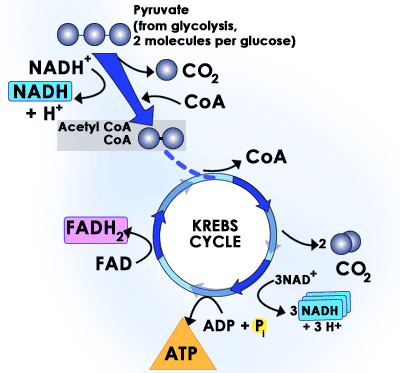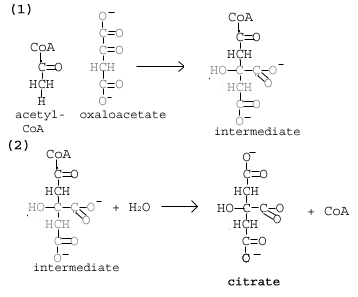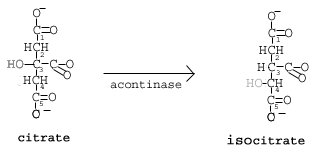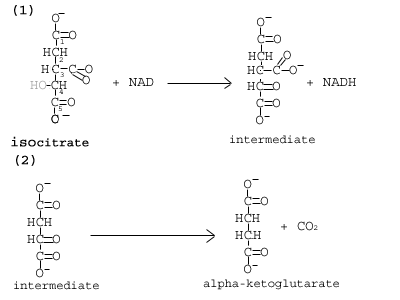Please wait while we process your payment
If you don't see it, please check your spam folder. Sometimes it can end up there.
If you don't see it, please check your spam folder. Sometimes it can end up there.
Please wait while we process your payment
Get instant, ad-free access to our grade-boosting study tools with a 7-day free trial!
Learn more



This site is protected by reCAPTCHA and the Google Privacy Policy and Terms of Service apply.
Create Account
Select Plan
Payment Info
Start 7-Day Free Trial!

Annual
2-49 accounts
$22.49/year + tax
50-99 accounts
$20.99/year + tax
Select Quantity
Price per seat
$29.99 $--.--
Subtotal
$-.--
Want 100 or more? Request a customized plan
You could save over 50%
by choosing an Annual Plan!

SAVE OVER 50%
compared to the monthly price!
| Focused-studying | ||
| PLUS Study Tools | ||
| AP® Test Prep PLUS | ||
| My PLUS Activity | ||
$22.49/month + tax
Save 25%
on 2-49 accounts
$20.99/month + tax
Save 30%
on 50-99 accounts
| Focused-studying | ||
| PLUS Study Tools | ||
| AP® Test Prep PLUS | ||
| My PLUS Activity | ||
No Fear provides access to Shakespeare for students who normally couldn’t (or wouldn’t) read his plays. It’s also a very useful tool when trying to explain Shakespeare’s wordplay!
Erika M.
I tutor high school students in a variety of subjects. Having access to the literature translations helps me to stay informed about the various assignments. Your summaries and translations are invaluable.
Kathy B.
Teaching Shakespeare to today's generation can be challenging. No Fear helps a ton with understanding the crux of the text.
Kay H.
No Fear provides access to Shakespeare for students who normally couldn’t (or wouldn’t) read his plays. It’s also a very useful tool when trying to explain Shakespeare’s wordplay!
Erika M.
I tutor high school students in a variety of subjects. Having access to the literature translations helps me to stay informed about the various assignments. Your summaries and translations are invaluable.
Kathy B.
Teaching Shakespeare to today's generation can be challenging. No Fear helps a ton with understanding the crux of the text.
Kay H.
Create Account
Select Plan
Payment Info
Start 7-Day Free Trial!
You will only be charged after the completion of the 7-day free trial.
If you cancel your account before the free trial is over, you will not be charged.
You will only be charged after the completion of the 7-day free trial. If you cancel your account before the free trial is over, you will not be charged.
Order Summary
Annual
7-day Free Trial
SparkNotes PLUS
$29.99 / year
Annual
Quantity
51
PLUS Group Discount
$29.99 $29.99 / seat
Tax
$0.00
SPARK25
-$1.25
25% Off
Total billed on Nov 7, 2024 after 7-day free trail
$29.99
Total billed
$0.00
Due Today
$0.00
Promo code
This is not a valid promo code
Card Details
By placing your order you agree to our terms of service and privacy policy.
By saving your payment information you allow SparkNotes to charge you for future payments in accordance with their terms.
Powered by stripe
Legal
Google pay.......



Please wait while we process your payment

Sorry, you must enter a valid email address
By entering an email, you agree to our privacy policy.
Please wait while we process your payment

Sorry, you must enter a valid email address
By entering an email, you agree to our privacy policy.
Please wait while we process your payment

Your PLUS subscription has expired
Please wait while we process your payment
Please wait while we process your payment

The Reactions of the Citric Acid Cycle
We are now ready to begin going through the reactions of the citric acid
cycle. The cycle begins with the reaction between acetyl-CoA and the
four-carbon oxaloacetate to form six-carbon citric acid. Through the next
steps of the cycle, two of the six carbons of the citric acid leave as carbon
dioxide to ultimately yield the four carbon product, oxaloacetate, which is used
again in the first step of the next cycle. During the eight reactions that take
place, for every molecule of acetyl-CoA the cycle produces three NADH and
one flavin adenine dinucleotide (FAD/FADH2), along with one molecule of
ATP.

The first reaction of the citric acid cycle is catalyzed by the enzyme citrate synthase. In this step, oxaloacetate is joined with acetyl-CoA to form citric acid. Once the two molecules are joined, a water molecule attacks the acetyl leading to the release of coenzyme A from the complex.

The next reaction of the citric acid cycle is catalyzed by the enzyme acontinase. In this reaction, a water molecule is removed from the citric acid and then put back on in another location. The overall effect of this conversion is that the –OH group is moved from the 3' to the 4' position on the molecule. This transformation yields the molecule isocitrate.

Two events occur in reaction 3 of the citric acid cycle. In the first reaction, we see our first generation of NADH from NAD. The enzyme isocitrate dehydrogenase catalyzes the oxidation of the –OH group at the 4' position of isocitrate to yield an intermediate which then has a carbon dioxide molecule removed from it to yield alpha-ketoglutarate.

In reaction 4 of the citric acid cycle, alpha-ketoglutarate loses a carbon dioxide molecule and coenzyme A is added in its place. The decarboxylation occurs with the help of NAD, which is converted to NADH. The enzyme that catalyzes this reaction is alpha-ketoglutarate dehydrogenase. The mechanism of this conversion is very similar to what occurs in the first few steps of pyruvate metabolism. The resulting molecule is called succinyl-CoA.

The enzyme succinyl-CoA synthetase catalyzes the fifth reaction of the citric acid cycle. In this step a molecule of guanosine triphosphate (GTP) is synthesized. GTP is a molecule that is very similar in its structure and energetic properties to ATP and can be used in cells in much the same way. GTP synthesis occurs with the addition of a free phosphate group to a GDP molecule (similar to ATP synthesis from ADP). In this reaction, a free phosphate group first attacks the succinyl-CoA molecule releasing the CoA. After the phosphate is attached to the molecule, it is transferred to the GDP to form GTP. The resulting product is the molecule succinate.
Please wait while we process your payment





